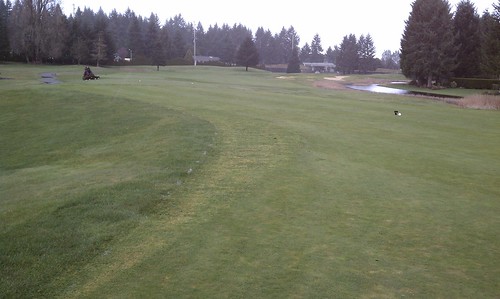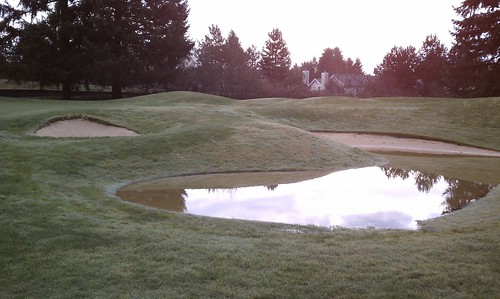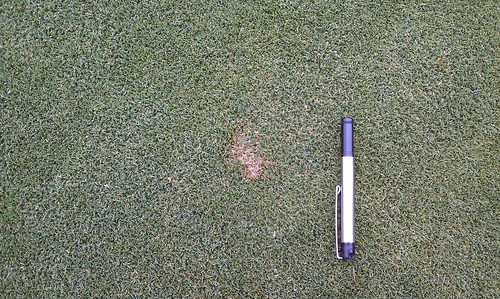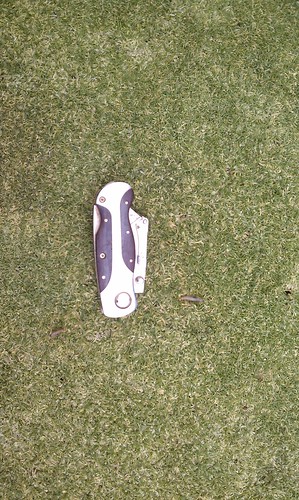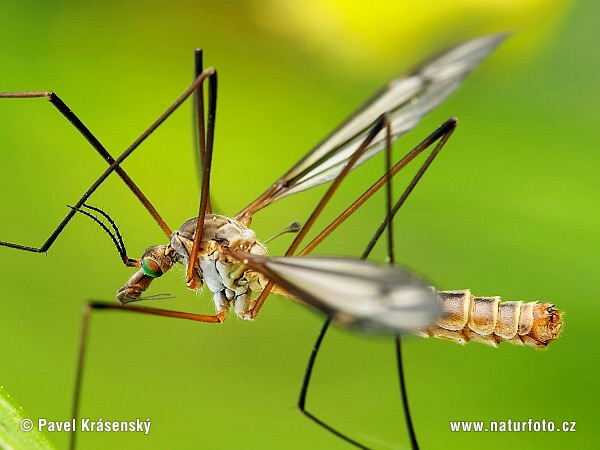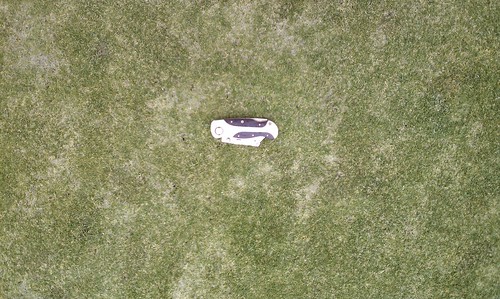My first week here at Indian Summer was kind of frustrating due to the snow covering the turf on Wednesday through the weekend and still hanging around on the next Monday.
Dan has done a great job showing me around the property and explaining how things are layed out on the golf course. It has been a lot of information to digest in such a short time. With Dan's help and cooperation from the weather, I can get my bearings and start to figure out the course layout.
This last week was also frustrating for the crew. With the snow coming down and not much to offer for projects on the course, the crew was able to clean up our maintenance shop quite a bit. The organization helped give us an idea of what we have that is usable and what is no longer needed. Unfortunately the crew had a short week making my introductory period a little longer. I am very happy with the friendly welcome that everyone has given me at Indian Summer. The knowledgable and friendly crew has helped during my transition and I am grateful to be able to join such a great group of people.
I understand now why Dan has received the manager of the month award from Oki Golf because of his professionalism and outstanding work ethic. His hard work these past months have made my transition that much easier. When I started last monday he explained the history of disease to me and the results that were given recently from Washington State University Extension Office which came back positive for pythium infection on a couple of the greens. This "cool weather" pythium is a relatively new problem in the Northwest and can be devastating as you have seen. Dan reacted appropriately and applied a plant protection product to avoid severe damage. Although 10 and 11 greens are a little thin, without Dan's quick reaction it could have been much worse. I am excited for this upcoming season and to be able to work with a talented Assistant Superintendent like Dan.
I hope to meet each and everyone of our members over the next few months and as the weather gets better. Please feel free to stop me on the course, email or call me with any comments, questions or concerns.
Justin Ruiz, CGCS
justinr@indiansummergolf.com
Direct Office: 360.459.3772



